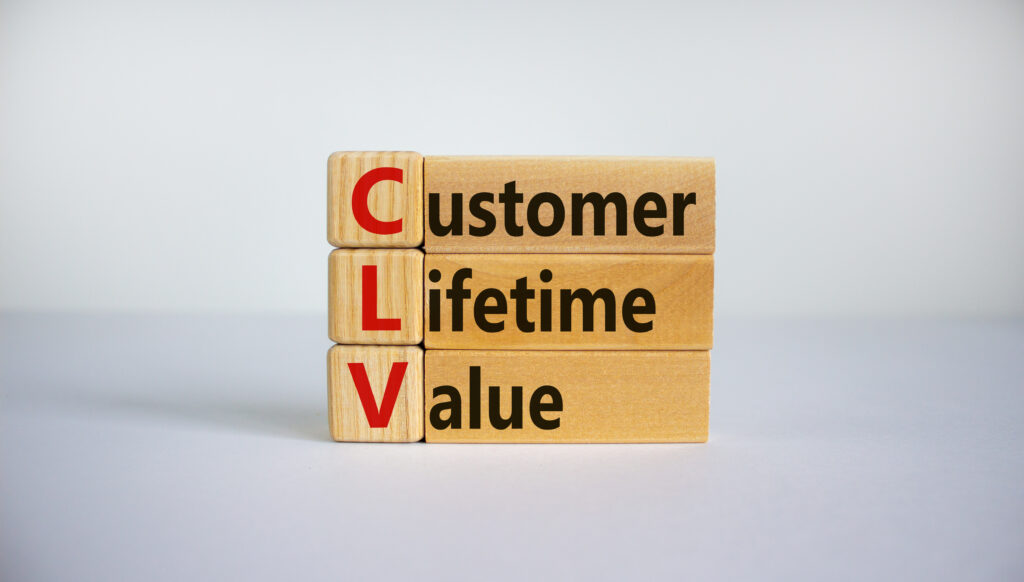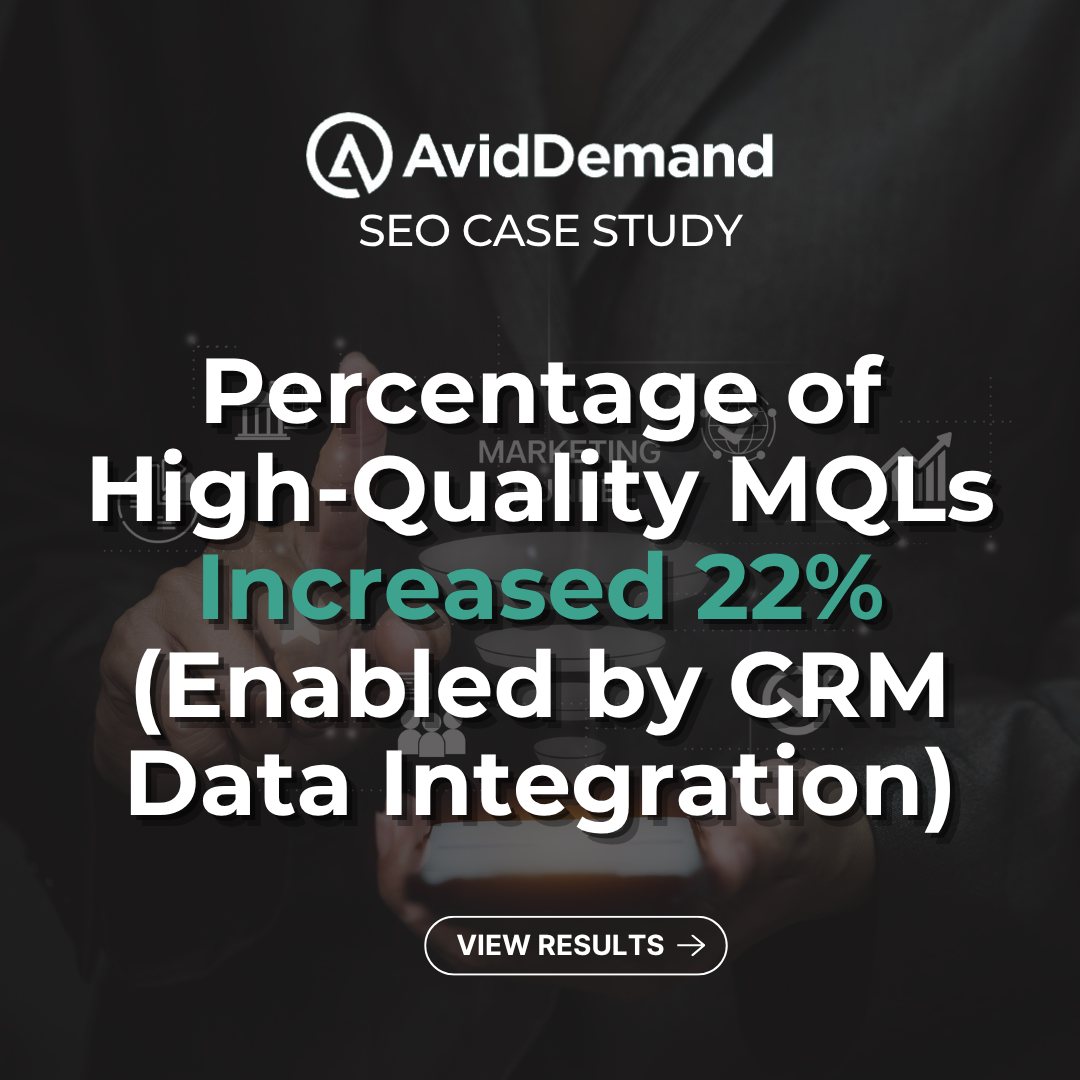In a previous post, we explored the benefits of thinking beyond website conversions and utilizing pipeline progression data to prove marketing return on investment.
This article continues that discussion and focuses specifically on the necessity of estimating the value of a customer.

Determining Marketing Value
It is critically important to prove that marketing programs directly contribute to bottom-line business results. One of the first things B2B marketers strive to do is to quantify marketing’s contribution to revenue.
To do this, you must answer two fundamental questions:
- Does our marketing program generate new customers and incremental revenue?
- Is this a profitable investment?
These seemingly simple questions are actually quite complex. There are many factors that impact marketers’ ability to understand return on investment. Conversion tracking, attribution modeling, pipeline progression, customer valuation, and ROI calculations are all critical considerations – to name just a few!
What is Customer Lifetime Value?
One essential aspect of the Marketing Return on Investment (MROI) equation is understanding Customer Lifetime Value.
Customer Lifetime Value (CLV) refers to the total value of a customer’s business throughout the entire duration of their relationship with your company.
Even if your company (or client) does not have a well-researched and fully verified CLV. It is important for marketers to at least estimate a reasonable customer value. Here’s how…
Tips on Estimating CLV
I recommend that marketers take the following steps:
- Ask sales leaders about the typical length of a customer contract or business relationship.
- Ask about pricing and invoicing methods. Is the service subscription-based? Is pricing based on monthly or annual fees?
- Ask about the average revenue received from a typical customer.
You can usually get some information (even if it’s broad ranges or general averages) to inform an estimated calculation of CLV. I suggest that you use conservative assumptions. For example:
CLV = low estimate of average annual revenue * low estimate of the number of years a typical customer relationship lasts.
To verify your estimated CLV, ask sales and marketing executives: Does it seem feasible that a customer is worth at least $_____ over the duration of their relationship with our company?
If they don’t concur, continue to ask questions about customer revenue and contracts. Your goal is to reach agreement on a conservative estimate of CLV.
This is crucial; without an estimated CLV there is really no meaningful way to assess, quantify, and prove Marketing Return on Investment (MROI).
Know Your Marketing Break-Even Point
As a starting point, I recommend calculating a marketing break-even point. This is the minimum number of new customers you must acquire to recoup your marketing investment.
Let’s use a hypothetical digital advertising program to illustrate the process:
Calculate total advertising spend
This includes the cost of media and the cost of paying an agency to manage the advertising program. These should be combined with any other expenses to calculate your fully-loaded advertising investment.
Determine how many customers you must acquire
Based on your estimated CLV and the amount spent, calculate how many customers you need to acquire to recoup the marketing investment.
Advertising Investment/CLV = X customers required
Assess the likelihood of acquiring this many customers
You know the number of website conversions the ad program generated. The key question is if the sales pipeline is efficient enough to turn these conversions into the total number of required customers.
Here’s an example analysis: You know that your digital ad program drove 75 valid and qualified website conversions (i.e. completed registration forms), and you know, based on estimated CLV, that at least 5 net new customers are required to break even. Question: What is the likelihood that the sales team will turn 75 qualified leads into 5 customers?
If you’re tracking pipeline results for your advertising programs, this is probably a fairly easy question to answer.
Calculate Desired Return on Investment
Of course, businesses don’t invest in marketing to just break even! Marketers must know your company’s (or client’s) desired return on investment.
For example, most businesses strive to achieve at least a 300% Return on Ad Spend (ROAS). Using the same process outlined above, you can determine the number of customers required to ensure a 300% return on your advertising spend.
Utilize CLV to Prove Marketing Value
B2B marketers should not settle for measuring marketing success based on conversions and cost-per-conversion. Instead, strive to measure how conversions contribute to bottom-line business results.
Estimate CLV, understand the desired ROI, know the number of customers required, and determine the likelihood of acquiring these customers based on pipeline progression results.
Have You Determined Your MROI? Please reach out if you’d like to see an example of how Avid Demand estimates CLV and determines return on investment for all of our B2B clients.



